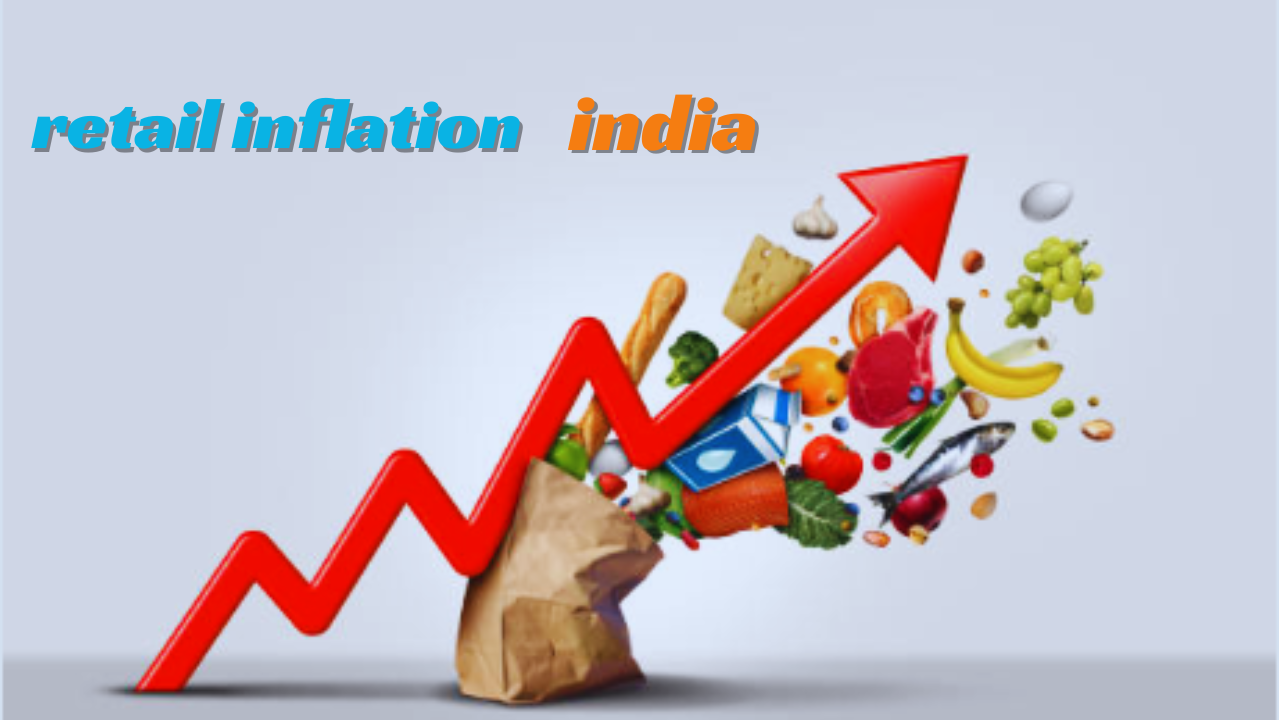The headline retail inflation rate in India probably reached a four-month high in December, moving in the direction of the Reserve Bank of India’s (RBI) 2–6% tolerance zone.
Experts have predicted that consumer price index (CPI) inflation will rise to 5.9 percent in November from 5.55 percent.
On January 12, at 5:30 p.m., the Ministry of Statistics and Program Implementation will release data on retail inflation for December and industrial production figures for November. According to the Index of Industrial Production (IIP), economists predict that industrial growth fell to 3.5 percent in November.
November’s IIP growth would be the lowest in eight months, at 3.5 percent.
“Navigating the Waves: Decoding the Ebb and Flow of Retail Inflation in India”
In the vast ocean of economic indicators, retail inflation stands as a tide that ebbs and flows, influencing the financial landscape of nations. For India, a country with a diverse and dynamic economy, understanding the nuances of retail inflation is crucial. This blog aims to unravel the complexities of this economic phenomenon, exploring its impact on consumers, businesses, and the broader socio-economic fabric.
The Current Scenario:
As we set sail into the realms of retail inflation in India, it’s imperative to acknowledge the present conditions. With the global economy in constant flux, India too witnesses fluctuations in inflation rates. The Reserve Bank of India (RBI) closely monitors the Consumer Price Index (CPI), a key metric reflecting changes in the average prices paid by consumers for goods and services.
The Dynamics of Retail Inflation:
At its core, retail inflation is a reflection of the changing purchasing power of the common man. It takes into account the cost of a basket of goods and services that an average household consumes regularly. Rising retail inflation can lead to an erosion of purchasing power, affecting the affordability of everyday items from groceries to clothing.
Factors Driving the Tides:
Several factors contribute to the ebb and flow of retail inflation in India. Supply and demand dynamics, global commodity prices, government policies, and currency fluctuations all play pivotal roles. For instance, disruptions in the supply chain, such as those witnessed during the COVID-19 pandemic, can trigger price spikes, impacting inflation rates.
Government Policies as Anchors:
Governments often act as anchors in the volatile sea of inflation, steering economic policies to maintain stability. Fiscal measures, monetary policies, and targeted interventions are deployed to control inflationary pressures. Striking the right balance is akin to navigating a ship through stormy waters, requiring a delicate touch to avoid capsizing the economy.
The ripple effect on businesses:
Retail inflation doesn’t operate in isolation; its effects ripple through the business landscape. Companies may face increased production costs, impacting profit margins. As a result, strategic pricing decisions, supply chain optimization, and innovations become imperative for businesses to weather the storm and remain competitive.
Consumer Resilience and Adaptation:
In the face of inflationary pressures, consumers display remarkable resilience and adaptability. Budget adjustments, lifestyle changes, and shifts in consumption patterns are strategies employed by households to navigate economic challenges. Understanding these behavioral shifts is essential for businesses to tailor their offerings to evolving consumer needs.
The Road Ahead:
As we peer into the horizon, the road ahead is marked by uncertainty. Global economic dynamics, geopolitical events, and technological advancements all contribute to the ever-changing landscape of retail inflation in India. It is through a nuanced understanding of these factors that policymakers, businesses, and consumers can collectively navigate the challenges that lie ahead.
Conclusion:
In the vast sea of economic indicators, retail inflation emerges as a formidable force, shaping the economic destiny of nations. As India charts its course through these waters, a holistic understanding of the intricacies of retail inflation becomes paramount. It is through
LEGAL DISCLAIMER:
Investments in the equity market are subject to market risks. Read all the related documents carefully before making any investment decisions. We do not provide stock recommendations on this site. Readers should do their own independent research or consult their advisors before making any investing decisions. The information contained on this site is solely for academic purposes, and we do not vouch for the factual accuracy of the data or information presented on this site.
![]() Checkout Latest Finance Blog
Checkout Latest Finance Blog
![]() Checkout out Technology latest technology blog.
Checkout out Technology latest technology blog.
![]() Checkout Latest Tips&Tricks Blog
Checkout Latest Tips&Tricks Blog

